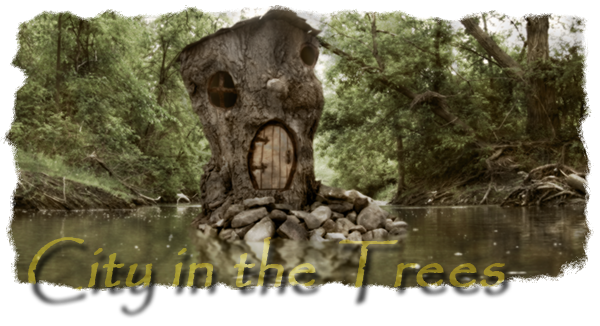Sunday, I was up well before P-Doug and MG so I decided to beat the crowds to the breaky and when I got back told them I figured I'd wander our neck of Ottawa for half an hour while they ate. After that we all formed up, did the National War Monument as mentioned above, and then... off to the Museum.
MG's dad actually died, around the time President Kennedy was assassinated, of kidney damage he sustained in WWII, and an uncle was lost over Italy, so quite a bit of the experience resonated with her on a personal level. We all kind of took it at our own pace.

The Museum is arranged differently from others I've been in. It leads you via a serpentine route though our military history, from the First Nations (what little we know about the unrecorded experience prior to the arrival of the Europeans), through the colonial wars of the 17th and 18th centuries, to the American Revolution and War of 1812, our involvement in the Boer War, the two World Wars, and then peacekeeping and the Cold War (that last section we didn't see; by the time we got to VJ Day, we were beat).
I forget now which First Nation it was, but one first referred to the French as the Men of Sticks, because they were first encountered as 'bears in the trees of a moving island' that was quickly understood to be men, in the rigging of a very large boat. For their part, the British, when they were met later by the same natives, now French allies, were referred to as the Men of the Fog, because they were first encountered on the battlefield.
There were numerous audio-visual displays. They were were usually of moderate lengths, 10-15 minutes in most cases, and they alternated English with French subtitles and French with English subtitles. No matter where you came in, you would be able to follow along, either by oral or written narration. An effective, but not always obvious solution, and kudos to the museum for doing it. One of the first, and most amusing and instructive, had a couple of guys, one in a Leafs jersey and one in a Canadiens jersey representing English Canada and French Canada, sharing a couch and popcorn while watching a TV documentary about the French and Indian war and the conquest of Quebec. The two friends trade barbs, jibes, and insults, exchanging their rather different perspective on the matter. They suddenly realize their other friend, a Native in a Vancouver Canucks jersey, is with them, and they ask, “When did you get here?” only to be told, “I've always been here.” The documentary they're all watching suddenly shifts to the American Revolution, where the Native and French Canadian josh the English Canadian about having come from a “dysfunctional family”. Finally, they all get bored of it all and switch to a hockey game. Very amusing, and indicative of life in Canada where we all get by by agreeing to disagree on the things that really don't matter and are subjective anyway.
The section on the War of 1812 highlights just how close a thing the survival of Canada was. At the time, English Canada was largely populated by people from the United States, some of whom had come out of loyalty to the Crown, but some of whom had simply come for the free land. Had even one of the American invasions been successful, Ontario and everything west certainly would be, and Quebec and the Maritimes would very likely be, parts of the United States today. To my amazement and delight, the museum has, and displays, the coat Sir Isaac Brock was cut down in during the Battle of Queenston Heights. The hole left by a sniper's musket ball is plainly visible, the size of thumb tip. Brock was the British officer who readied Canada's defenses in the lead-up to the war, particularly by forging alliances with Tecumseth and those who followed him. Without Brock (and Tecumseth), there'd be no Canada today, and here before me was the very proof he once lived, and how he died. It's hard to put into words how awed I was to see it, much less realize it even still exists.

A number of other things amazed me during our visit. The actual model, from 1926, of a proposal for the National War Monument; the one that was actually built and I had visited just hours before. Hitler's car, captured by American soldiers and eventually sold by a private collector to the National War Museum. The medals of Billy Bishop, the top WWI flying ace of the British Empire. A round roofing tile from the Temple of Sairen-Ji, at Ground Zero in Hiroshima. There was so much to see; I'm sure that two or three visits would still yield surprises, wonders overlooked, history dimly remembered and suddenly come alive again.
The museum is not without some controversy. There is a large display about the internment of Japanese Canadians during WWII, the great injustices done them, and the government's attempts to make amends forty years later. There's also a panel that calls into question the effectiveness of strategic bombing (though not the valour or patriotism of Allied bombing crews). Some people, it must be said, don't care for these. But in a free country, which some of them fought to defend, it must be noted that with that freedom, we have a responsibility to the truth. Truth is rarely absolutely, but all its facets must be shown, even when they don't strike the viewer as lovely. If we ignore what we may have done wrong, then we free ourselves or our posterity to repeat those mistakes.





No comments:
Post a Comment